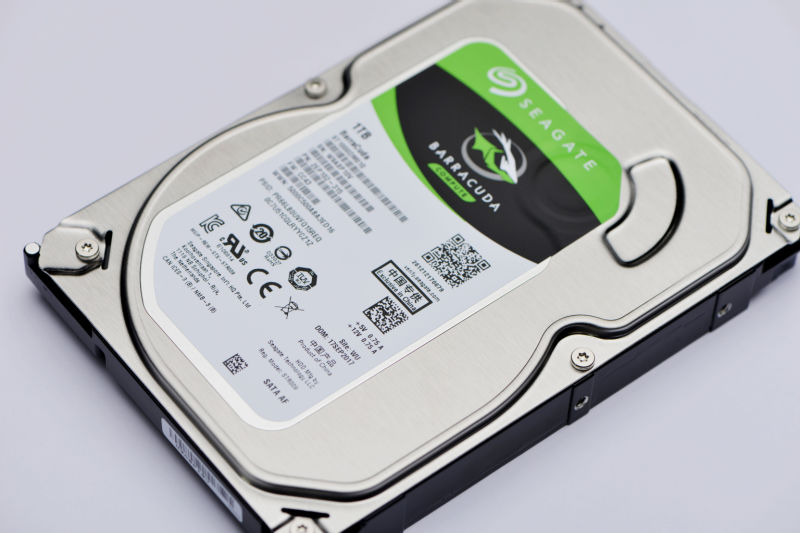Seagate Technology (NASDAQ:STX) Holdings plc has launched the Exos® CORVAULT™ 4U106, a new mass data storage system that boasts a capacity of up to 2.5 petabytes (PB). Designed to cater to the needs of the enterprise market, this system marks a significant advancement in non-flash storage technology, integrating cutting-edge features aimed at enhancing efficiency and reducing environmental impact.
The Seagate Exos CORVAULT 4U106 is currently available in a 2PB conventional magnetic recording (CMR)-based configuration. However, it will soon expand its offerings to include both 2PB and 2.5PB configurations that leverage Heat-Assisted Magnetic Recording (HAMR) technology. HAMR technology is recognized for enabling denser data packing without compromising drive temperature or reliability, which represents a breakthrough in traditional non-flash storage.
The new system is housed in a 4U Rack Mount form factor with a single drive capacity of 40TB and promises significant operational benefits for enterprise users.
Alexander Ruebensaal, CEO of ABC Systems AG, underscored the significance of these advancements, noting the product's potential to slash total storage costs by up to 80% annually when compared to previous solutions.
The Exos CORVAULT system is engineered for higher rack density and extended lifecycles, which results in lower power consumption per petabyte. This improvement is critical for organizations looking to optimize their total cost of ownership (TCO). The system's incorporation of Seagate’s high-capacity Exos® hard drives is complemented by technologies such as Autonomous Drive Regeneration (ADR) and Advanced Distributed Autonomic Protection Technology (ADAPT), which equip the storage system with self-healing capabilities. These features are not only expected to cut storage networking resources by half but also boost total rack power efficiency by 30%.
Orders for both the CMR and HAMR-based configurations can be placed starting from November, with availability through Seagate resellers expected by the end of December 2023. This timeline allows enterprises to plan their transition to HAMR technology while still having access to the non-HAMR configuration in the foreseeable future.
This article was generated with the support of AI and reviewed by an editor. For more information see our T&C.
